
Born in 1921, Vienna’s Ernst Haas is considered by many to be one of the first true masters of color photography, though he began his career working with black and white. Following the tradition established by Henri Cartier Bresson, who focused heavily on the decisive moment and rich monochromatic tonality, Haas would receive worldwide recognition for his early work documenting the homecoming of Austrian prisoners of War. Haas eventually moved to color, favoring its ability to work in a more metaphoric, poetic vein that photographers like Saul Leiter and Eliot Porter were examining.
A significant amount of Haas’s output throughout his career landed in the pages of mainstream magazines such as Life, Look and Esquire. But in addition to this more commercial work, Haas was always making photographs for himself. It is these photographs that the German publisher Steidl has brought together for the new book, Ernst Haas: Color Corrections. The book shows mostly unseen work by Haas, work that is at once rich in color and texture as well as being more edgy and experimental than much of the work he became known for during his lifetime.
Haas’s Color Corrections will be released by Steidl in the United States this month. More of Haas’s work can be seen at his website, www.ernst-haas.com.
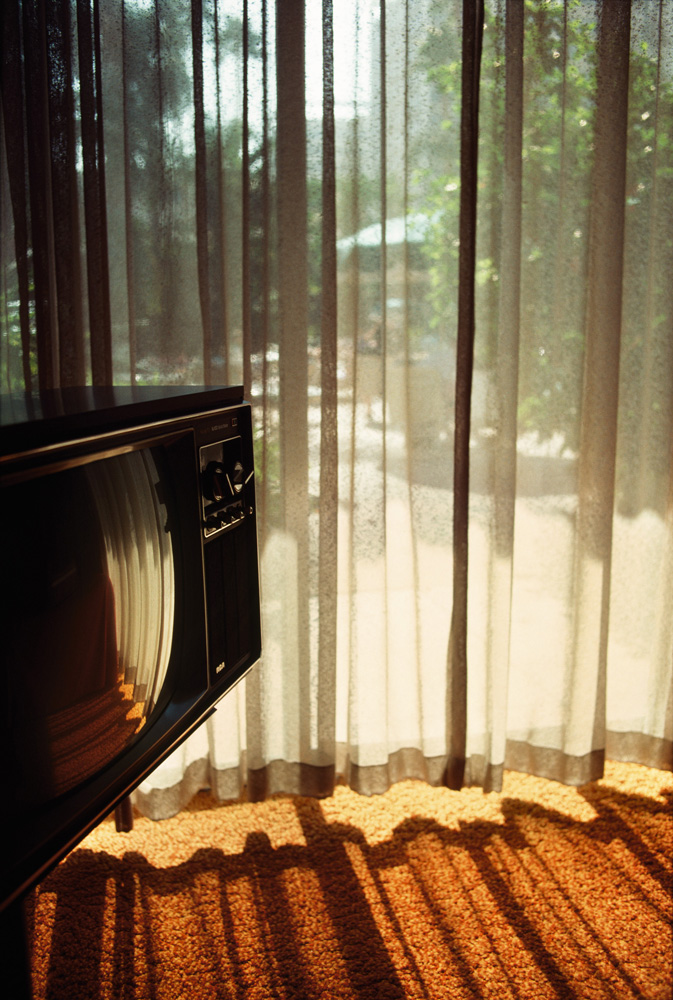
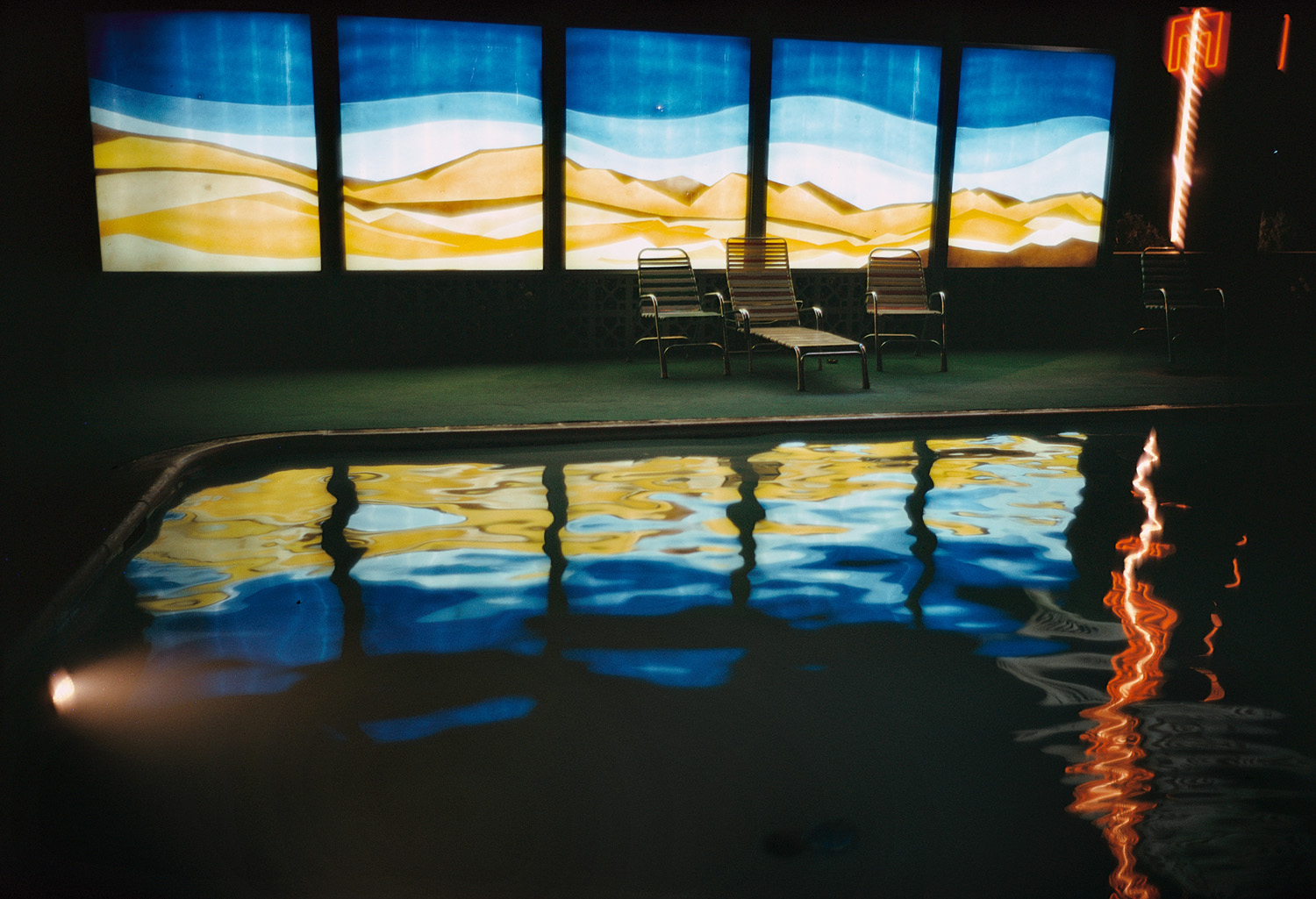
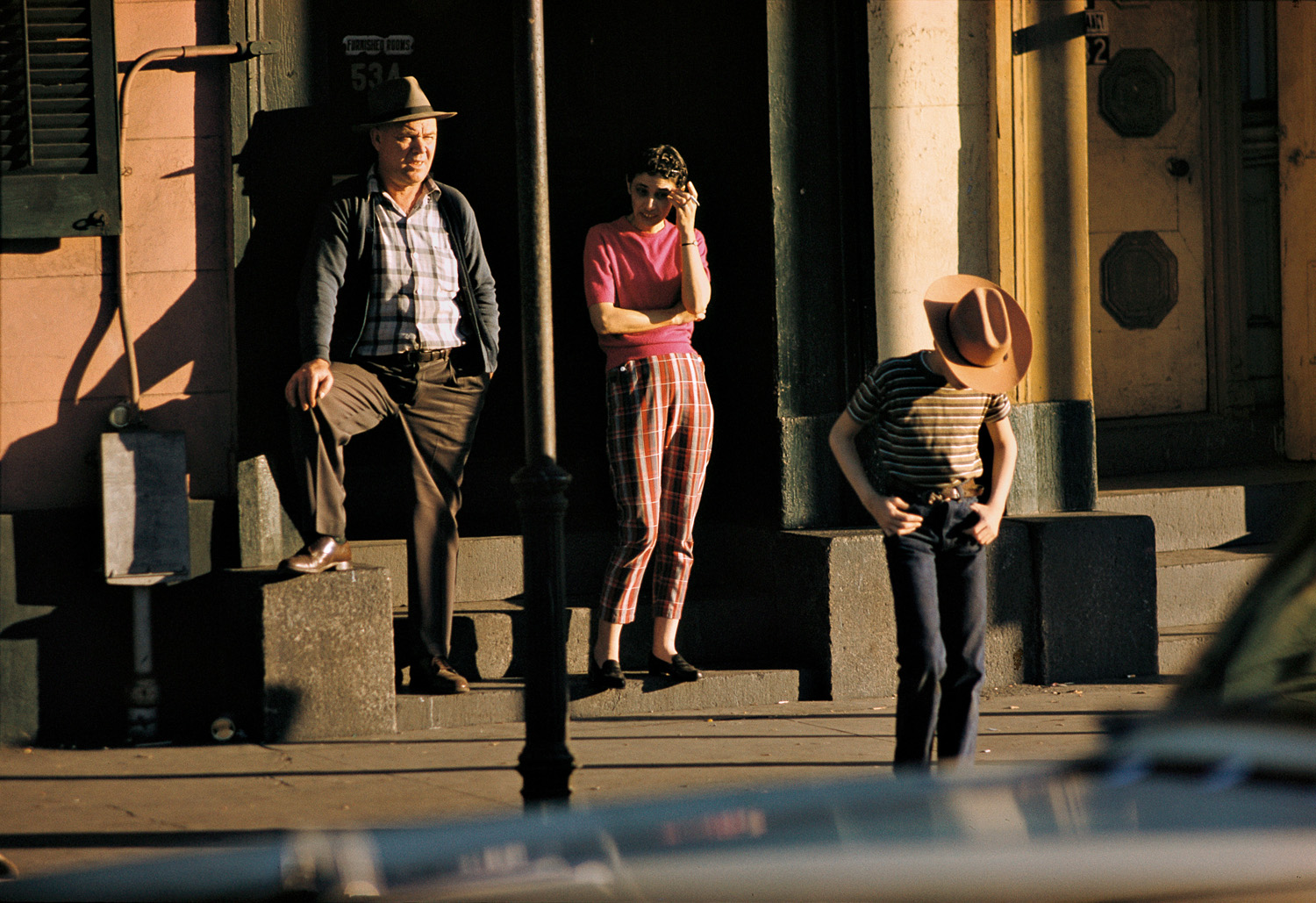
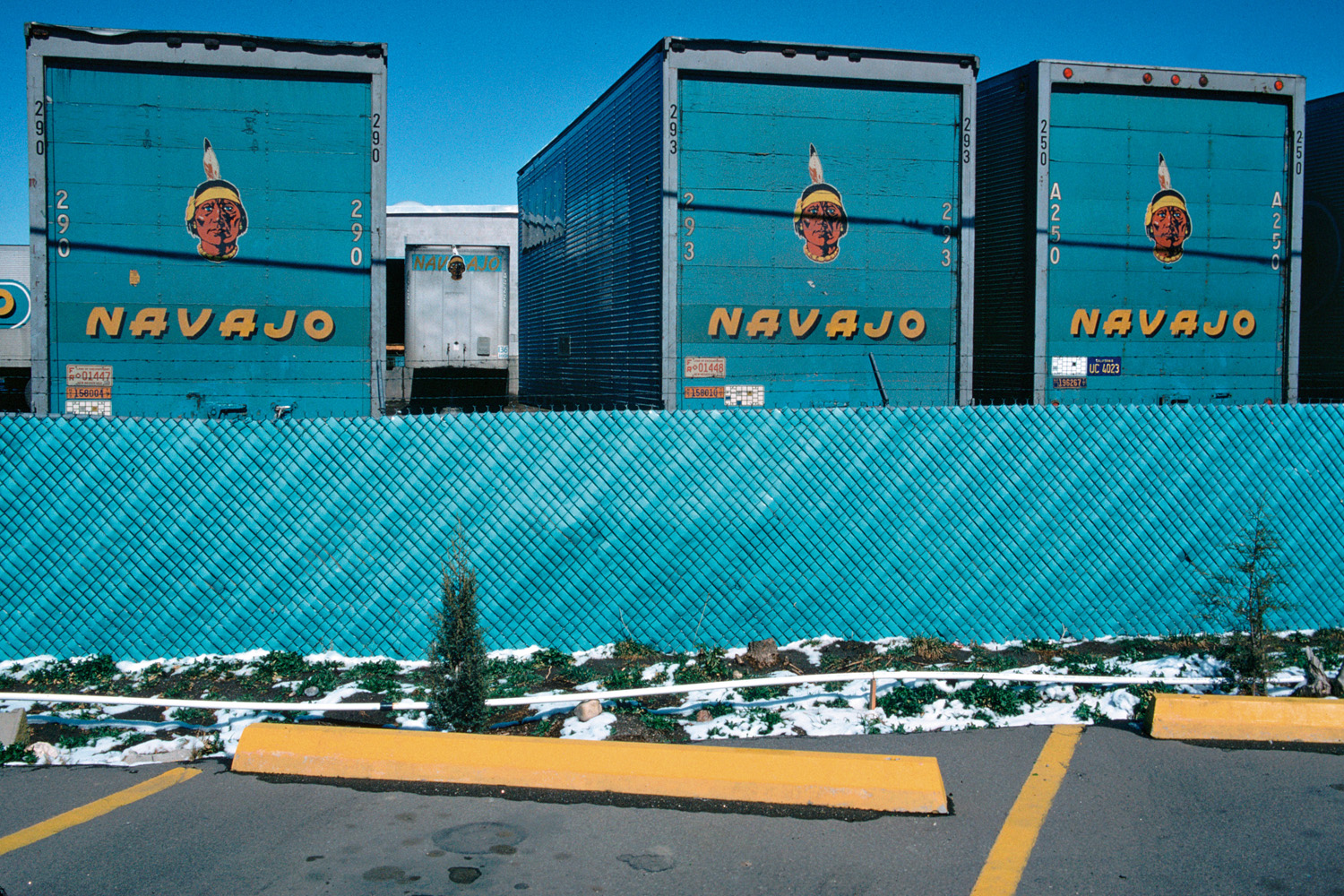
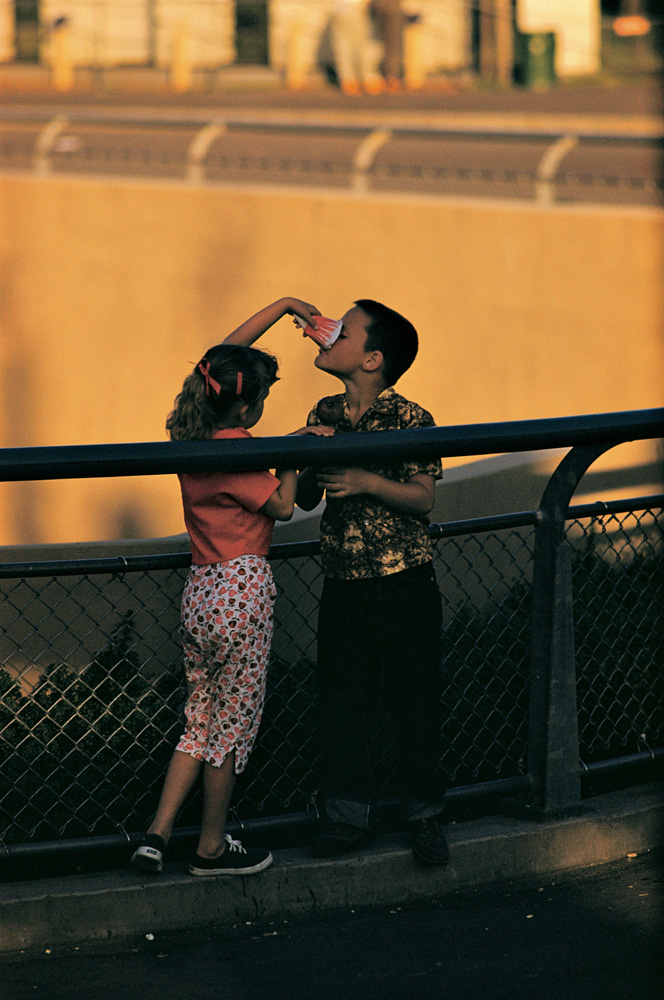



More Must-Reads from TIME
- Cybersecurity Experts Are Sounding the Alarm on DOGE
- Meet the 2025 Women of the Year
- The Harsh Truth About Disability Inclusion
- Why Do More Young Adults Have Cancer?
- Colman Domingo Leads With Radical Love
- How to Get Better at Doing Things Alone
- Michelle Zauner Stares Down the Darkness
Contact us at letters@time.com